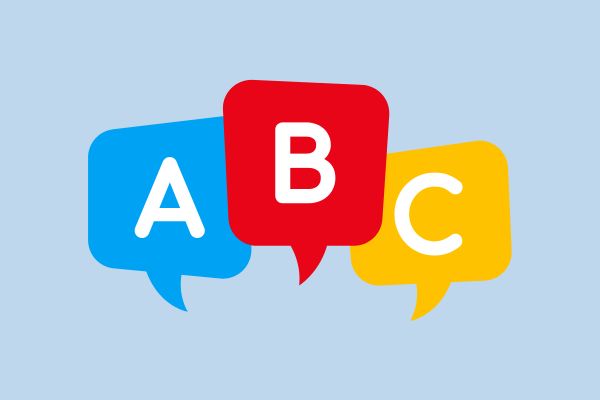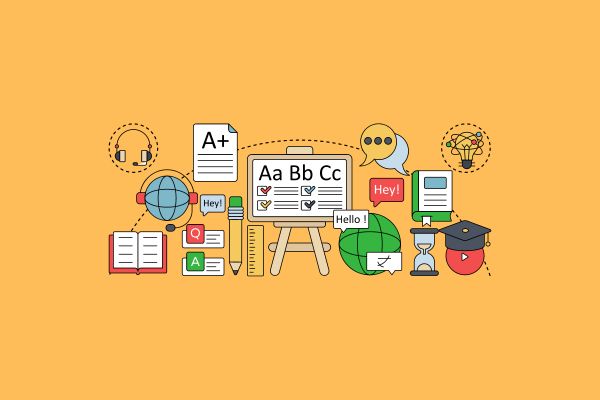What are Pronouns?

In the intricate dance of language, pronouns play the role of versatile chameleons, seamlessly adapting to different contexts, avoiding repetition and providing clarity and efficiency in communication.
As one of the essential parts of speech, pronouns serve as substitutes for nouns, allowing us to refer to people, places, or things without the need to repeat their names constantly. From the most straightforward conversations to complex literary works, pronouns are the unsung heroes that add elegance and cohesion to our language.
Understanding Pronouns
At its core, a pronoun is a word used in place of a noun, helping to avoid redundancy and create a more fluid and cohesive flow in sentences. Pronouns take the place of specific nouns mentioned earlier in the conversation or text, making it easier to refer to those entities without repeating their names.
Types of Pronouns
Pronouns come in various forms, each tailored to serve a specific function in language. Let’s explore the different types of pronouns and how they contribute to the richness of expression:
Personal Pronouns
Personal pronouns represent specific people or things and are often categorized into three persons: first person, second person and third person. Additionally, they have singular and plural forms, making them highly adaptable to different contexts.
First Person:
First-person pronouns refer to the speaker or a group that includes the speaker.
- Singular: I, me, my, mine
- Plural: we, us, our, ours
Example Sentences:
- I love to read books.
- The concert tickets are for us.
Second Person:
Second-person pronouns address the person or persons being spoken to.
- Singular: you, your, yours
- Plural: you, your, yours
Example Sentences:
- You are invited to the party.
- Is this book yours?
Third Person:
Third-person pronouns refer to someone or something mentioned in the conversation but not directly involved in the speech act.
- Singular: he, him, his, she, her, hers, it, its
- Plural: they, them, their, theirs
Example Sentences:
- She is going to the store.
- The dogs are wagging their tails.
Possessive Pronouns
Possessive pronouns indicate ownership or possession without the need for an additional noun.
- Singular: mine, yours, his, hers, its
- Plural: ours, yours, theirs
Example Sentences:
- The blue pen is mine.
- The house with the red door is theirs.
Reflexive Pronouns
Reflexive pronouns are used when the subject and object of a sentence are the same, emphasising the action directed back to the subject.
- Singular: myself, yourself, himself, herself, itself
- Plural: ourselves, yourselves, themselves
Example Sentences:
- She cut herself while cooking.
- We need to take care of ourselves.
Demonstrative Pronouns
Demonstrative pronouns point to specific objects or people, helping to identify or emphasize them.
- Singular: this, that
- Plural: these, those
Example Sentences:
- This is my favourite book.
- I like those shoes.
Interrogative Pronouns
Interrogative pronouns are used to ask questions and seek information.
Who, whom, whose, which, what
Example Sentences:
- Who is coming to the party?
- Which colour do you prefer?
Relative Pronouns
Relative pronouns introduce relative clauses and connect them to the main clause, providing additional information.
Who, whom, whose, which, that
Example Sentences:
- The girl who won the competition is my sister.
- The book that I borrowed is on the table.
Indefinite Pronouns
Indefinite pronouns refer to non-specific people or things.
- Singular: anyone, anyone, anything, someone, someone, something, nobody, nobody, nothing
- Plural: several, few, many, both, all, others
Example Sentences:
- Everyone is invited to the event.
- We have invited several friends.
Functions of Pronouns
Pronouns serve multiple essential functions in language, enhancing the clarity, flow and efficiency of communication.
Avoiding Repetition
One of the primary functions of pronouns is to avoid unnecessary repetition of nouns in sentences. By using pronouns, we can refer to specific entities without having to repeat their names continuously.
Example:
Mary loves to read books. She reads them every day.
Improving Flow and Cohesion
Pronouns contribute to the smooth flow of language, making it easier for readers or listeners to follow the narrative.
Example:
The dog wagged its tail. It looked happy.
Adding Emphasis
Reflexive pronouns add emphasis to an action directed back to the subject.
Example:
He built the house himself.
Asking Questions
Interrogative pronouns help us seek information and ask questions effectively.
Example:
Who is coming to the party?
Introducing Clauses
Relative pronouns introduce relative clauses, providing additional information about the subject.
Example:
The book that I borrowed is on the table.
Common Mistakes with Pronouns
While pronouns are highly versatile and useful, some common errors can occur in their usage. Let’s address these mistakes to ensure accurate and effective communication.
Subject-Object Confusion
Mistaking subject pronouns for object pronouns or vice versa is a common error.
Incorrect: Him and his sister went to the park.
Correct: He and his sister went to the park.
Possessive Pronoun Confusion
Confusing possessive pronouns with contractions or possessive determiners can lead to ambiguity.
Incorrect: The pen is your.
Correct: The pen is yours.
Vague Pronoun Reference
Using pronouns without clear antecedents can lead to confusion.
Incorrect: I saw John and Tom at the store. He bought a new car.
Correct: I saw John and Tom at the store. John bought a new car.
Incorrect Pronoun Cases
Using objective pronouns (me, him, her, us, them) instead of subjective pronouns (I, he, she, we, they) and vice versa.
Incorrect: Me and Jane went to the concert.
Correct: Jane and I went to the concert.
Calling all law aspirants!
Are you exhausted from constantly searching for study materials and question banks? Worry not!
With over 15,000 students already engaged, you definitely don't want to be left out.
Become a member of the most vibrant law aspirants community out there!
It’s FREE! Hurry!
Join our WhatsApp Groups (Click Here) and Telegram Channel (Click Here) today, and receive instant notifications.




